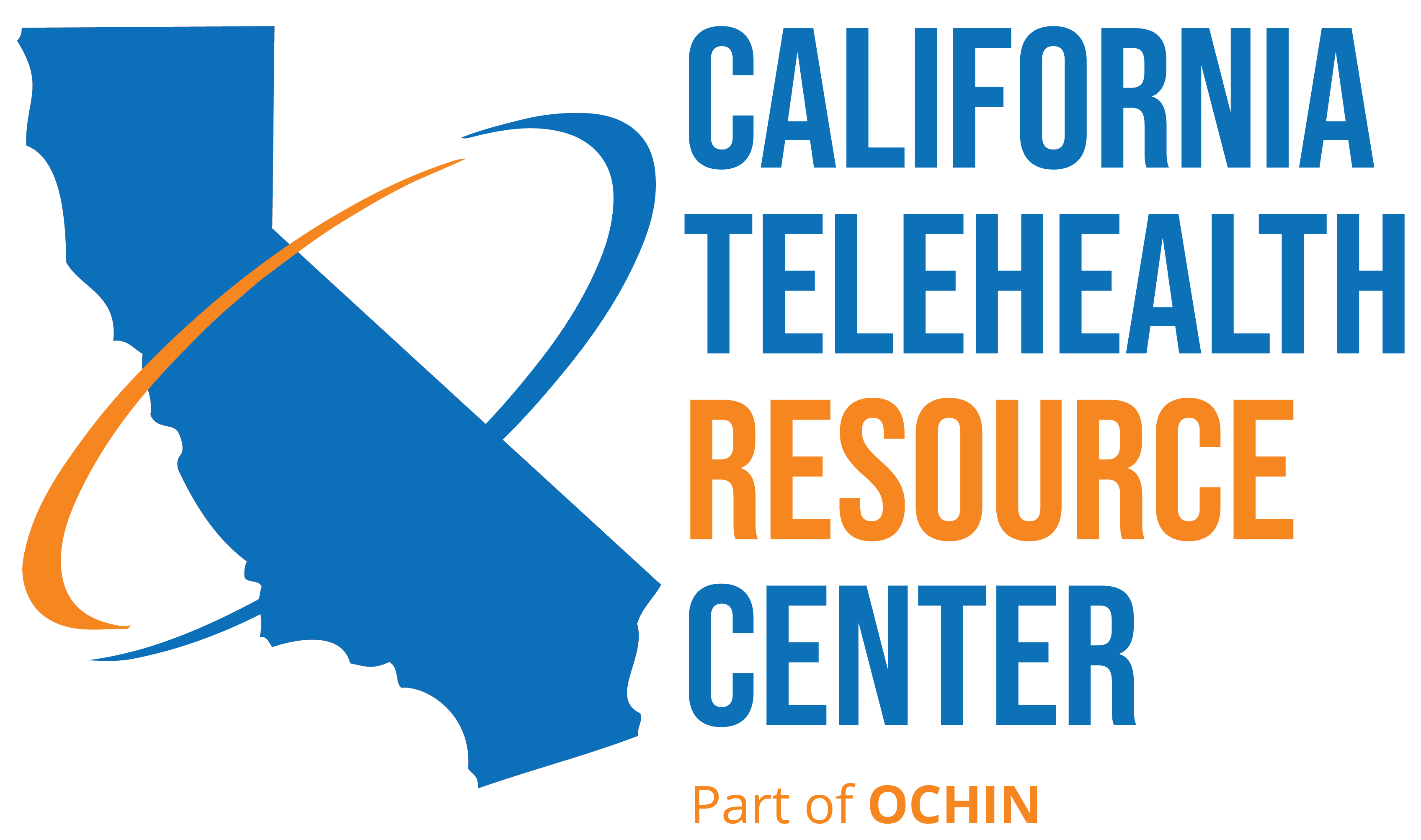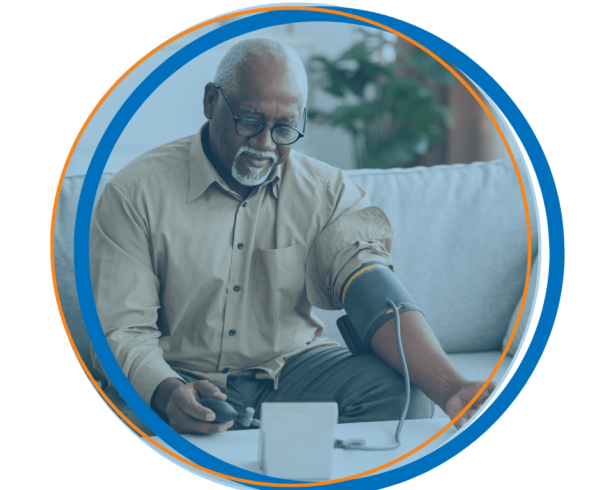In our earlier blog posts, we explained the concept of Social Determinants of Health (SDOH), and why SDOH are increasingly being addressed through primary care. We also discussed how telehealth has helped address some of the challenges of working with SDOH during the COVID-19 pandemic, and how it can benefit patient-centric approaches to SDOH, such as trauma-informed care.
In our final post of this series, we will examine some other ways that telehealth can benefit health care practices in working with patients’ social needs, including examples of SDOH topics that are particularly well-suited to telehealth-based approaches, and new and emerging technology solutions that can leverage or dovetail with telehealth to help meet patients’ social needs.
Houselessness and Housing Instability
While patients who are unhoused or experiencing housing instability are often presumed to be less likely to be able to use technology to access health care services, a growing body of research shows that this is not the case. In one recent study, patients using an urban drop-in center reported high rates of access to technology, and high receptivity to e-visits, texting, and other telehealth-related approaches to care. In spite of this, a majority of patients in the study still reported using the emergency department as their most frequent source of health care. Emergency departments have long been routinely used by unhoused patients despite the fact that their high cost and focus on acute and urgent conditions makes them a poor fit for routine and preventive health services. The results of this study point to a potential opportunity to leverage telehealth in order to provide care in a more appropriate, convenient, and cost-effective manner for hundreds of thousands of people nationwide, benefitting patients, providers, and the health care system overall. In practice, most often telehealth is much more convenient than a visit to the emergency room and can help patients avoid unnecessary travel while maintaining privacy via an audio-only visit, or by using asynchronous features, such as texting, to better fit care into their lives and to respond when it is safe and convenient for them to do so.
Social Isolation
Even before the COVID-19 pandemic, research showed social isolation to be widespread in people over the age of 50, and that social isolation and loneliness can entail health risks equal to those of smoking. Studies have shown that patients experiencing social isolation are at greater risk of dementia, heart disease, stroke, depression, anxiety, and suicide than other patients. Stay-at-home orders, social distancing, and other efforts to curb the spread of COVID-19 have exacerbated the issue in the wider population, with feelings of loneliness increased by 20-30% during the pandemic and younger adults seeing the largest increase. These measures have had a disproportionate effect on patients with fewer resources and those already affected by other social needs. Additionally, for many patients, social support systems and coping mechanisms were disrupted at the same time that the pandemic limited their ability to access care.
Fortunately, federal and state efforts to provide payment parity for telehealth have given practices the opportunity to increase patient access while retaining financial viability by using telehealth services for behavioral health and primary care. These one-on-one encounters are a lifeline for many isolated patients who may have little other contact with others. Additionally, group telehealth support specifically aimed at combating social isolation has proven successful at reducing some patients’ feelings of loneliness. Such group support may be an attractive approach for providers to reach the largest number of patients possible, particularly as a resurgence of COVID-19 driven by the Delta variant has led to renewed isolation measures in many areas.
Transportation
Telehealth can help eliminate transportation-related barriers for patients in a number of ways, most obviously by eliminating the need to travel to a doctor’s office to receive certain kinds of care, but it can also be used to help address the many other ways in which lack of transportation can affect patients’ health and well-being. For care where patients need to be physically present, such as lab tests, ridesharing companies like Lyft are increasingly offering non-emergency medical transportation options that can be integrated directly into the EHR, and scheduled through a telehealth encounter or via the patient portal. Other medical needs, like pharmacy and remote patient monitoring, are also being integrated and approached from a telehealth-first standpoint, with technology companies, as well as brick-and-mortar retail, seeking to disrupt existing models of service provision and care.
For many patients, especially in rural areas or food deserts, non-medical transportation needs are also a significant barrier. A recent proliferation of platforms for making social service referrals from health care settings (see below) can give providers and care teams an option to help connect their patients with transportation for activities like grocery shopping, either through telehealth or traditional visits.
Social Service Resource Locators
We have discussed several types of SDOH that are well-suited to telehealth approaches, but a number of companies have recently introduced products aimed at better integrating health care with social services across the board. These platforms, sometimes referred to as Social Service Resource Locators (SSRLs), help patients and providers locate services to appropriately address their social needs, and in many cases provide a means for cross-sector care coordination and sharing of relevant patient information between health and social care settings. This innovative approach offers a number of advantages for patients, providers, and social service organizations, such as:
- Searchable, frequently updated information on social service agencies, including locations, hours, eligibility, contact information, etc.
- Reduced duplication and error in entry for patient and resource information
- A place to communicate important aspects of care or services provided between organizations
- Less need to re-screen patients over and over, often about sensitive topics, to get the same information
Many SSRLs now offer technical integration between their platforms and EHR systems, allowing providers the ability to print out a list of agencies or make direct referrals to social service organizations directly from the patient’s chart. Using links in the patient portal or visit summary, or shared via text or secure messaging, patients can also take advantage of these platforms directly and locate appropriate resources on their own.
Conclusion
As we wrap up this series of posts, we hope that it has given you some insight on using telehealth to help address patients’ social needs and made clear some of the challenges and success factors for working with SDOH through telehealth-enabled care. If you’d like to learn more or request assistance with your practice’s telehealth program, please feel free to CONTACT US







